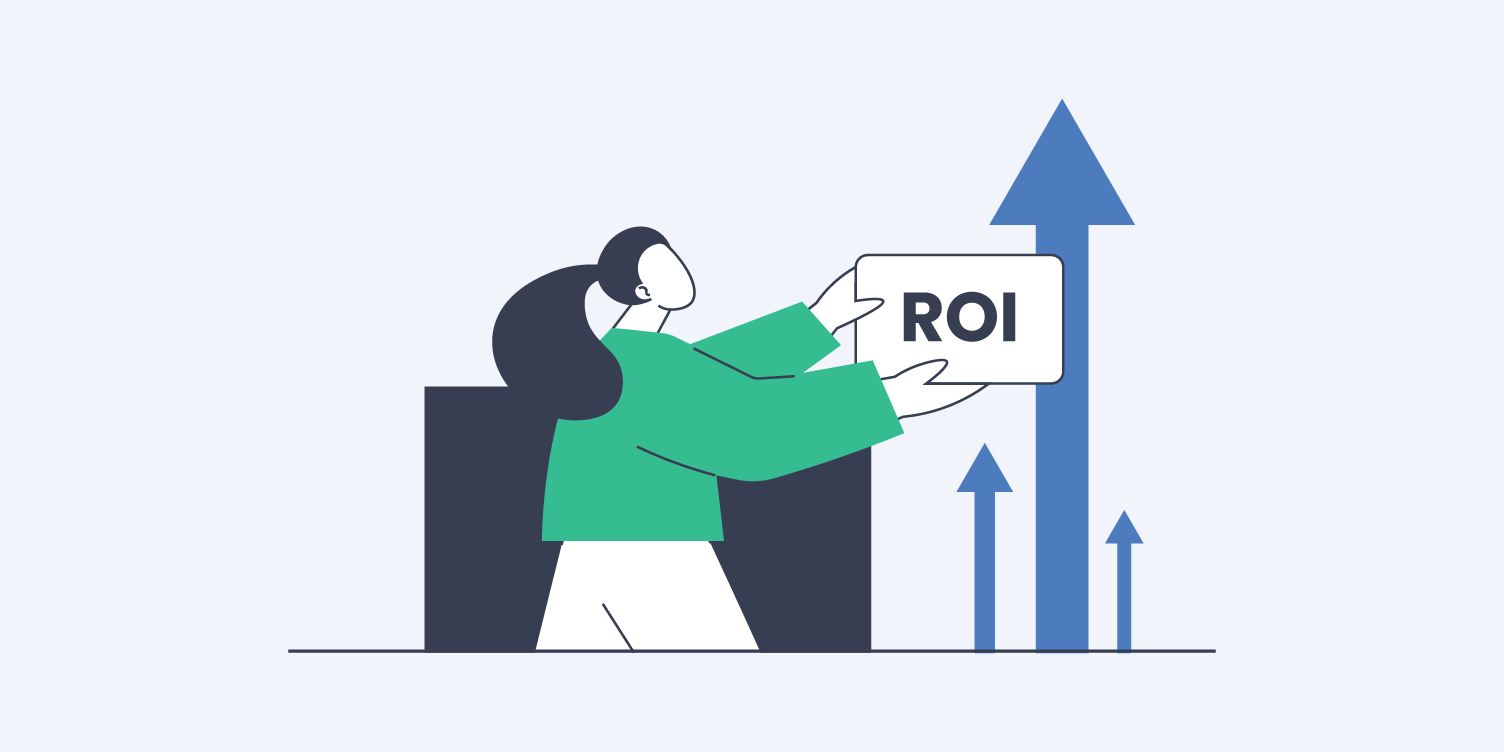Whether you are an auto, home, life, or health insurance affiliate, you must be willing to increase your bottom line safely and productively. This can be done in various ways, from selling clicks to leads to calls.
But what would be the most profitable for you – clicks, leads, or calls? Let’s dive into popular health insurance affiliate programs’ sales models and check their viability under different circumstances.
Payment Models Used In Health Insurance Affiliate Programs
The four basic payment models in affiliate marketing are:
- Pay-per-Click (PPC)
- Pay-per-Impression (PPI)
- Pay-per-Lead (PPL)
- Pay-per-Sale (PPS)
You can combine several payment models to experiment, explore, diversify, and ultimately increase your revenue or – if you are a small-scale affiliate – stick to a single model that works best for you.
Pay Per Click (PPC)
Pay-per-click brings you money whenever users click on your image, text, and video ads. However, while profitable for health insurance affiliates, the PPC model is frowned upon by some merchants because it doesn’t motivate publishers enough to attract high-intent leads.
Pay Per Impression (PPI)
With PPI, you earn a commission every time someone sees your ads, but you may have to get dozens of thousands of views to convert a single lead.
Can PPC and PPI Be Viable?
Unlike health insurance affiliates, who can get paid regardless of whether their customers convert, advertisers must account for every cent spent. For advertisers, paying for clicks and impressions is riskier than buying leads or paying a commission off of sales.
But that doesn’t mean PPC and PPI don’t have value. These low-cost models effectively increase brand awareness, acquainting customers with the brand’s product or service.
Pay Per Lead (PPL)
Pay-per-lead is one of the best payment models because it cultivates the result-oriented approach in affiliates and delivers high-intent leads to advertisers. After all, what qualifies a lead is up to the affiliate program – it can be any data set, including the customer’s email address, phone number, location, and many other demographics and psychographic factors.
It goes without saying, not all leads are equal. Email signups, trial signups, consultation calls, and other leads all require different marketing strategies and sales techniques, which should be accounted for when you choose your health insurance affiliate program.

Pay Per Sale (PPS)
Along with pay-per-lead, pay-per-sale is the most effective model for advertisers and affiliates. Establishing a direct connection between sales and payouts allows advertisers to get the best value for their money while keeping affiliates motivated to generate conversion-prone leads.
Why Might Pay-Per-Lead (PPL) Be The Best Payment Model For Health Insurance Affiliate Programs?
Pay-per-lead may seem inferior to pay-per-sale since PPL doesn’t guarantee conversion. But here’s the catch: whether the lead buys from the merchant depends on how effectively the merchant works the lead, which the affiliate has no control over. And if so, then why should an affiliate be dependent on the advertiser’s sales skills?
Many affiliates and advertisers consider PPL to be the best affiliate model for health insurance affiliate programs. Advertisers get high-intent leads that are a step away from making a purchase; affiliates get a decent payment for the purchase-prone leads they bring.
Types Of Leads You Can Sell
Qualified or unqualified, there are only two types of leads you can generate and sell:
- Web leads. Web leads are the prospects who filled out a form, requested a quote, or performed any other target action specified in the affiliate agreement of the health insurance affiliate program.
- Call leads. Live callers are the prospects that made a call directly to the merchant or after being redirected. Call leads are usually more expensive than web leads.

Qualified Vs. Unqualified Leads
Depending on the position in the sales cycle, leads can be qualified or unqualified, which factors in their price.
- Unqualified leads aren’t deep enough in the sales cycle. They may only have a general idea about the product, and they may not even know exactly what they want. A small portion of unqualified leads convert.
- Qualified leads are deep in the buying cycle. They have already shared their personal information, narrowed down their search, and are now willing to learn a few final missing pieces of information about the product before buying it.
The qualification process may vary depending on the marketing strategy. For example, it may start with creating lead-nurturing content, polls, and price calculators and end with offering the advertised product or service.
Frequently Asked Questions
What is the best payment model for health insurance affiliates?
Pay-per-lead might be the most balanced payment model in affiliate marketing and health insurance in particular because, on the one hand, it incentivizes affiliates to generate qualified leads and, on the other hand, doesn’t make them depend on the advertiser’s sales skills, as it is with pay-per-sale.
What leads are the best to sell as a health insurance affiliate?
The leads that are going to make you the most money in health insurance are the leads that match your advertiser’s qualification criteria. However, it’s not out of the question that you can make more money by selling shared leads – it all depends on your affiliate program.
What’s the commission for a health insurance lead?
The affiliate commission in health insurance starts at a few cents and goes up to a hundred dollars per lead and even more, depending on the lead’s type, quality, intent, and other factors. For example, live calls are generally more expensive than web leads.














